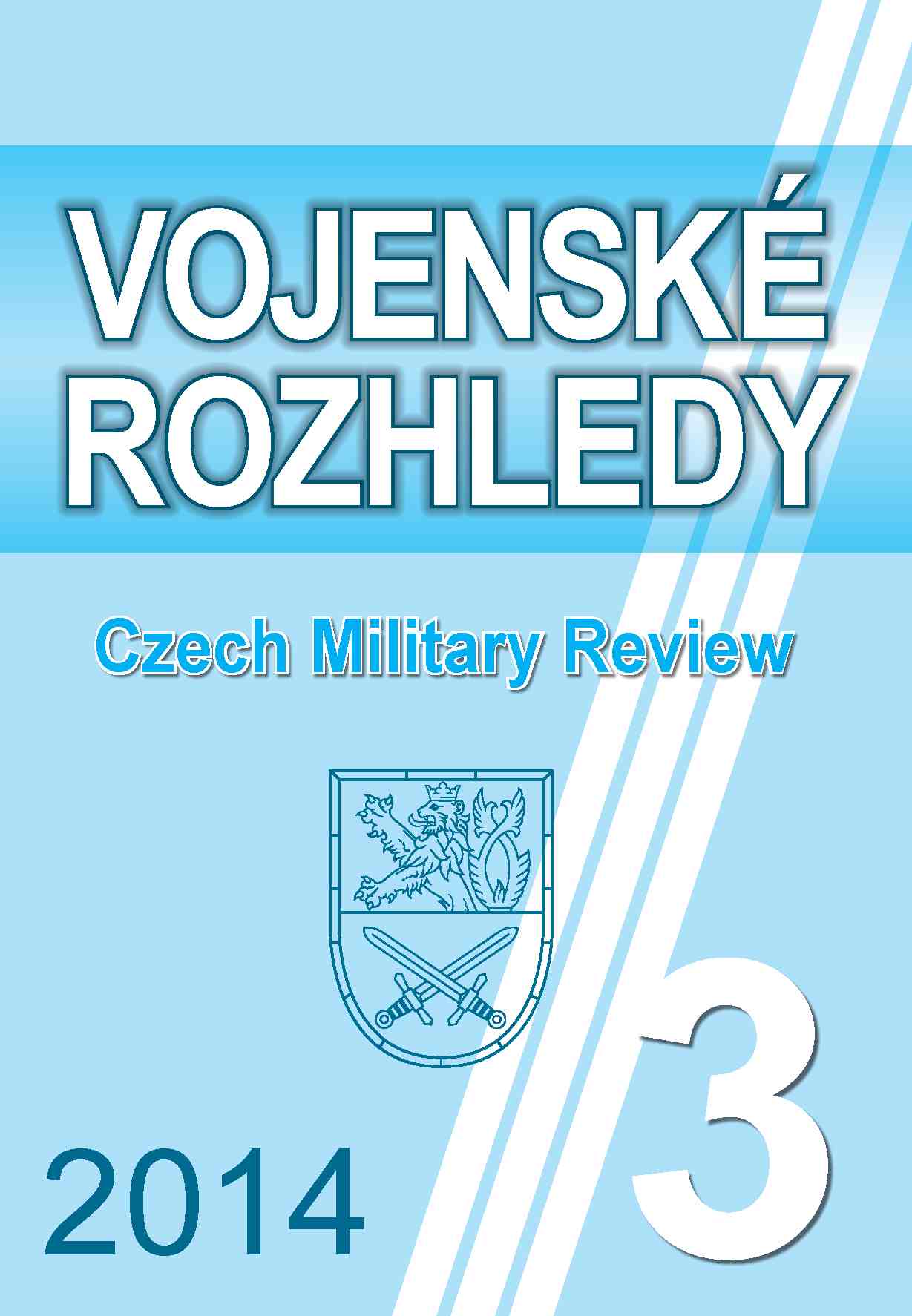Znamenalo vítězství spojeneckého tábora v první světové válce též výhru míru?
Did the Allied Victory in World War I Comprise Also Winning the Peace?
Author(s): Karel StrakaSubject(s): Pre-WW I & WW I (1900 -1919), Interwar Period (1920 - 1939)
Published by: Univerzita obrany - Centrum bezpečnostních a vojenskostrategických studií
Keywords: Defence Agreements; the Allies; Central Powers; Western Front; Eastern Front; Rear; Armistice; Bolshevik Revolution; Czechoslovak Legion; Collapse; Major Political Changes
Summary/Abstract: The First World War was a global war centred in Europe that began on 28 July 1914 and lasted until 11 November 1918. From the time of its occurrence until the approach of World War II, it was called simply the World War or the Great War. In America, it was initially called the European War. The immediate trigger for war was the assassination of Archduke Franz Ferdinand of Austria, heir to the throne of Austria-Hungary. This set off a diplomatic crisis. Within weeks, Europe was at war and the conflict soon spread around the world. It was one of the deadliest conflicts in history, paving the way for major political changes, including revolutions in many of the nations involved.
Journal: Vojenské rozhledy
- Issue Year: 23/2014
- Issue No: 3
- Page Range: 170-176
- Page Count: 7
- Language: Czech

